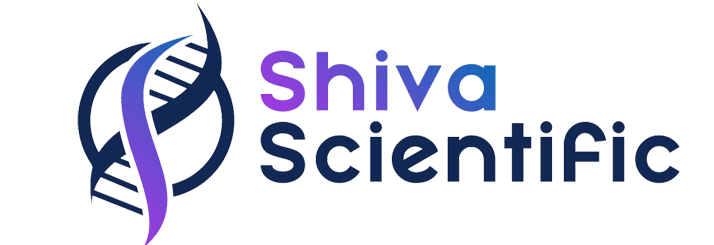It is a Kit and software package to implement in your laboratory a PGD – PGD+PGS solution by NGS.
Using this kit you will be able to:
· Perform In-House and self-sufficient PGD analysis
· Obtain quick results is possible for fresh transfers
· Simplify the laboratory routine
· Access more than 40 validated diseases
· Order custom design of new monogenic diseases with no setup cost


